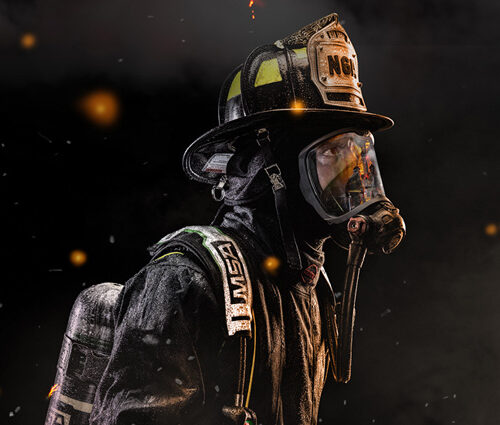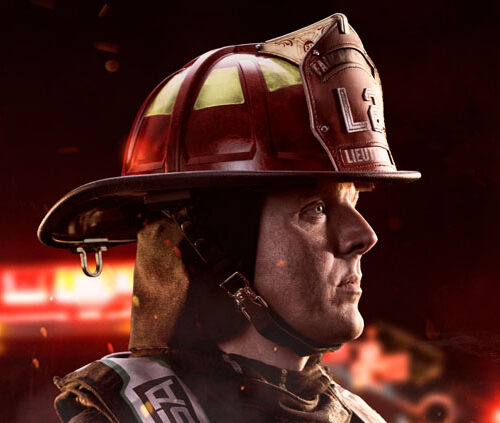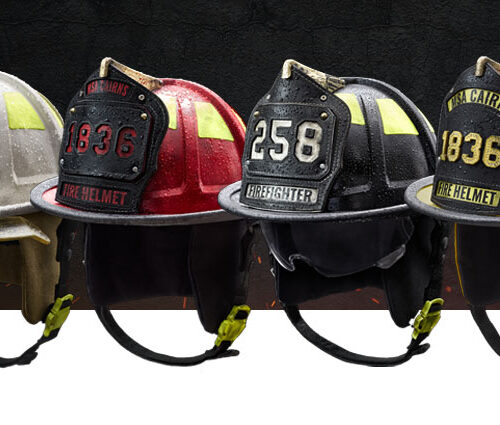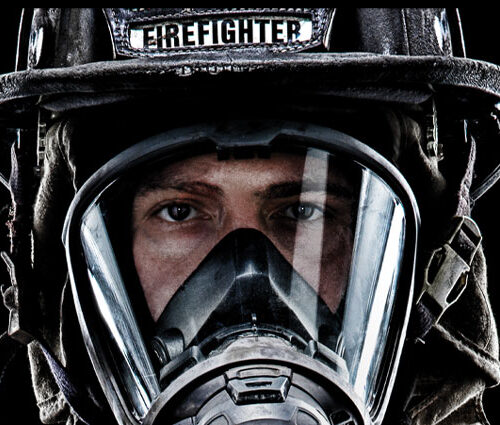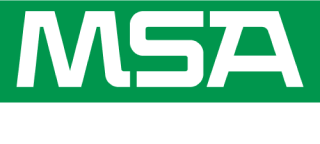
The SCBA that firefighters depend on every day must be certified to all of the respiratory protection and functional requirements set forth in NFPA 1981, Standard on Open-Circuit Self-Contained Breathing Apparatus (SCBA) for Emergency Services, and NIOSH 42 CFR 84.
Part of the selection process for SCBA includes evaluation of a wide variety of air cylinder options in order to determine the configuration that supports a department’s SOPs. Selection criteria used by most departments include service time, size, weight, durability, ability to customize, and budget.
Length of Service Time
NFPA 1981 directs that cylinders can be offered with air supply durations of 30, 45, and 60 minutes. 2216 psi SCBA can only have 30-minute cylinders, while higher pressure operating systems can have 30-, 45-, or 60-minute cylinders as part of the SCBA approval.
Gauge Pressure
Cylinders are available for high-pressure or low-pressure operating systems of 2216, 4500, and 5500 psi. The 4500 and 5500 psi cylinders are lighter weight and lower profile than 2216 psi cylinders. The current NFPA 1981, 2018 Edition states that the EOSTI (end of service time indicator) is set at 35% of pressure for all three service pressures (2216, 4500, 5500). It is likely that an NFPA 1970, 2024 Edition change will be to specify at what volume remaining in each size of cylinder the EOSTI alarm will activate instead of specifying 35% of pressure for all cylinders.
Material Construction
Firefighting SCBA cylinders are typically made of carbon or composite materials. Carbon cylinders are durable and lightweight. A leading cylinder supplier, Luxfer Gas Cylinders, offers a variety of options for firefighting: standard carbon composite, Eclipse carbon composite, and Super Light carbon composite.
Connection Types
The traditional connection of cylinders to the pressure reducer is a CGA threaded connection. How the cylinder connects to the SCBA includes a direct connection of the cylinder to the backplate/pressure reducer or remote connection, which helps reduce the overall profile of the SCBA. Quick-connect cylinder options are also available for rapid changing of cylinders and typically come with an installed adapter.
Handwheel Types
A standard handwheel is operated by turning a handwheel knob to open and close the cylinder valve. With a locking handwheel option, the valve is locked when in the open position. An additional handwheel operation is required to close the valve.
Customization
Some departments require cylinder customization for identification purposes. The most common customization option is application of the department’s logo on the cylinder, in either reflective or non-reflective material.
Why so many options?
Respiratory protection on the fireground starts with configuring SCBAs to meet a department’s SOPs. In doing so, an important step is evaluating the wide variety of cylinder options available.
MSA offers a complete line of air cylinders, including Luxfer’s carbon composite, Eclipse, and Super Light. The Super Light and Eclipse cylinders are designed especially for MSA SCBA. They’re available in high and low pressure with air supply durations of 30, 45 and 60 minutes. Optional custom logos are also available.
Some departments require cylinder customization for identification purposes. The most common customization option is application of the department’s logo on the cylinder, in either reflective or non-reflective material.



